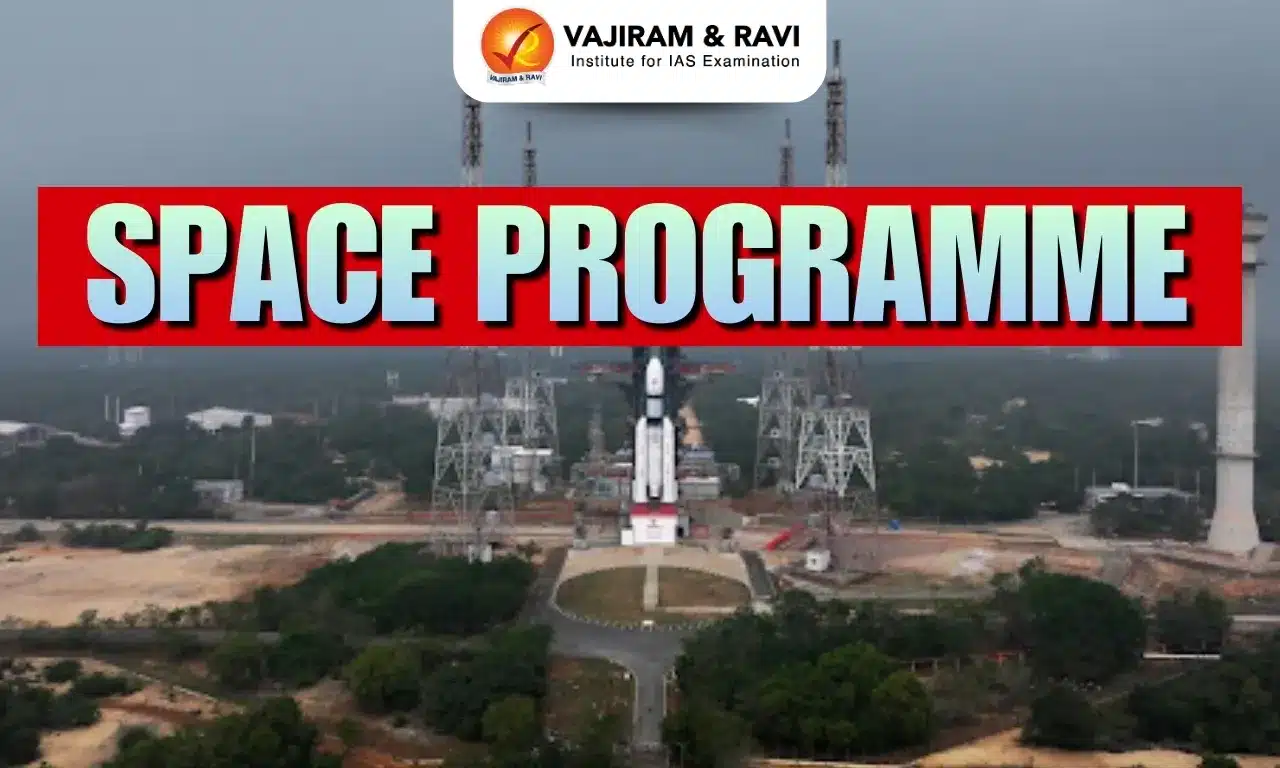What’s in today’s article?
- Why in news?
- What is Generative Pre-trained Transformers (GPTs)?
- What are Large Language Models (LLMs)?
- What is ChatGPT?
- What is Hanooman?
Why in news?
- The BharatGPT group — led by IIT Bombay along with seven other elite Indian engineering institutes — announced that it would launch its first ChatGPT-like service next month.
- The group built the ‘Hanooman’ series of Indic language models in collaboration with Seetha Mahalaxmi Healthcare (SML).
- It is backed by Reliance Industries Ltd and the Department of Science and Technology.
Generative Pre-trained Transformers (GPTs)
- GPTs are a type of large language model (LLM) that use transformer neural networks to generate human-like text.
- GPTs are trained on large amounts of unlabelled text data from the internet, enabling them to understand and generate coherent and contextually relevant text.
- They can be fine-tuned for specific tasks like: Language generation, Sentiment analysis, Language modelling, Machine translation, Text classification.
- GPTs use self-attention mechanisms to focus on different parts of the input text during each processing step.
- This allows GPT models to capture more context and improve performance on natural language processing (NLP) tasks.
- NLP is the ability of a computer program to understand human language as it is spoken and written — referred to as natural language.
Large Language Models (LLMs)
- Large language models use deep learning techniques to process large amounts of text.
- They work by processing vast amounts of text, understanding the structure and meaning, and learning from it.
- LLMs are trained to identify meanings and relationships between words.
- The greater the amount of training data a model is fed, the smarter it gets at understanding and producing text.
- The training data is usually large datasets, such as Wikipedia, OpenWebText, and the Common Crawl Corpus.
- These contain large amounts of text data, which the models use to understand and generate natural language.
What is ChatGPT?
- ChatGPT is a state-of-the-art natural language processing (NLP) model developed by OpenAI.
- It is a variant of the popular GPT-3 (Generative Pertained Transformer 3) model, which has been trained on a massive amount of text data to generate human-like responses to a given input.
- The answers provided by this chatbot are intended to be technical and free of jargon.
- It can provide responses that sound like human speech, enabling natural dialogue between the user and the virtual assistant.
Hanooman
- About
- Hanooman is a series of large language models (LLMs) that can respond in 11 Indian languages like Hindi, Tamil, and Marathi.
- However, there are plans to expand to more than 20 languages.
- It has been designed to work in four fields, including health care, governance, financial services, and education.
- Hanooman is a series of large language models (LLMs) that can respond in 11 Indian languages like Hindi, Tamil, and Marathi.
- Not just a chatbot
- Notably, the series is not just a chatbot. It is a multimodal AI tool, which can generate text, speech, videos and more in multiple Indian languages.
- One of the first customised versions is VizzhyGPT, an AI model fine-tuned for healthcare using reams of medical data.
- The size of these AI models ranges from 1.5 billion to a whopping 40 billion parameters.
Q1) What is Natural language processing (NLP)?
Natural language processing (NLP) is a branch of artificial intelligence (AI) that allows computers to understand written and spoken language. NLP has been around for over 50 years and has roots in linguistics
Q2) What is Wikepedia?
Wikipedia is a free, open-source, online encyclopedia. It was founded in 2001 by Larry Sanger and Jimmy Wales as a supplement to Nupedia. Wikipedia is maintained by a community of volunteers, known as Wikipedians, who use a collaborative software called wiki to edit articles.
Source: BharatGPT group unveils ‘Hanooman’: Everything you need to know about the Indic AI model | Indian Express | Techtarget
Last updated on January, 2026
→ Check out the latest UPSC Syllabus 2026 here.
→ Join Vajiram & Ravi’s Interview Guidance Programme for expert help to crack your final UPSC stage.
→ UPSC Mains Result 2025 is now out.
→ UPSC Notification 2026 is scheduled to be released on January 14, 2026.
→ UPSC Calendar 2026 has been released.
→ UPSC Prelims 2026 will be conducted on 24th May, 2026 & UPSC Mains 2026 will be conducted on 21st August 2026.
→ The UPSC Selection Process is of 3 stages-Prelims, Mains and Interview.
→ Prepare effectively with Vajiram & Ravi’s UPSC Prelims Test Series 2026 featuring full-length mock tests, detailed solutions, and performance analysis.
→ Enroll in Vajiram & Ravi’s UPSC Mains Test Series 2026 for structured answer writing practice, expert evaluation, and exam-oriented feedback.
→ Join Vajiram & Ravi’s Best UPSC Mentorship Program for personalized guidance, strategy planning, and one-to-one support from experienced mentors.
→ UPSC Result 2024 is released with latest UPSC Marksheet 2024. Check Now!
→ UPSC Toppers List 2024 is released now. Shakti Dubey is UPSC AIR 1 2024 Topper.
→ Also check Best UPSC Coaching in India

















